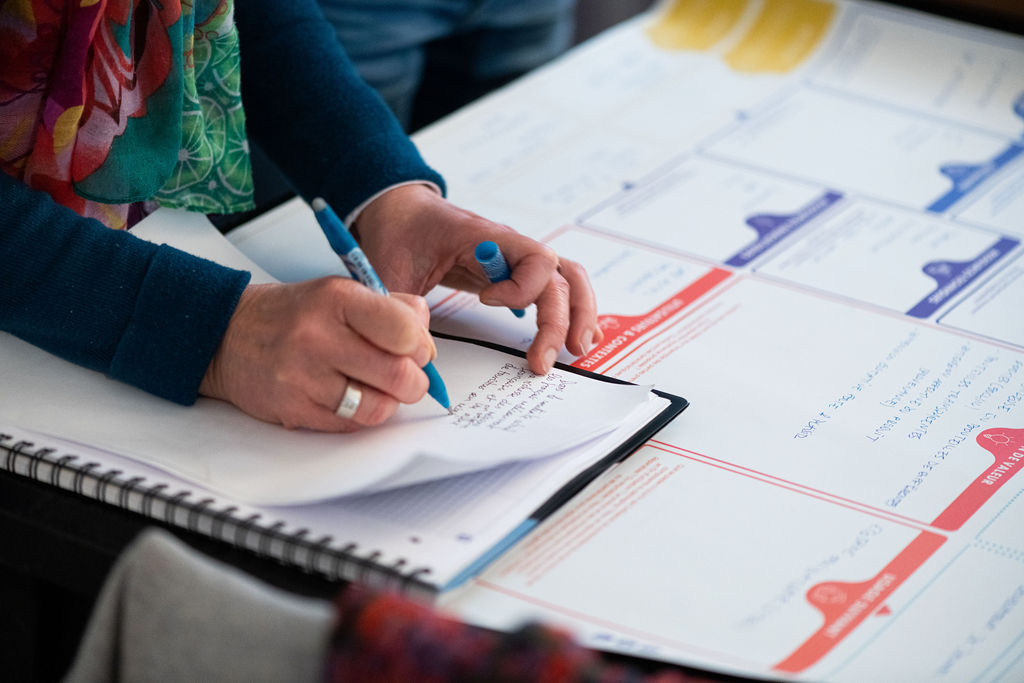The circular economy: its main principles and fundamentals
Training as a key element in a circular economy
Circular Economy is an economic model that aims to reduce waste and optimise the use of resources. It is based on various principles: reduction, reuse, recovery and recycling.
This economic model is increasingly being adopted by businesses, as it enables them to reduce their costs while being more respectful of the environment. To implement an effective circular economy, it is essential to understand its fundamentals.

Setting up a training plan enables companies to understand the challenges of a circular economy. It also helps them to master the tools and innovation methods required to implement a circular economic model. It is also an opportunity to exchange ideas with other players in the change process and to share best practice. In this way, companies can benefit from personalised support to put in place their own circular economy and resilience strategy.
The Circulab Academy is a major player in the field of professional training.
In addition, this training organisation offers you free introductions to resilience ‘Understand Business Resilience’ and to the circular economy ‘Activate the circular economy’. These courses are the perfect tools to help your teams take their first steps towards sustainability and its new business models.
The role of companies in this change of business model
The circular economy is first and foremost an innovative economic model that enables companies to rethink the way they produce and consume. By adopting a circular approach, companies are encouraged to rethink their production processes. This involves taking a close look at circular design and sustainable design, i.e. designing products that are sustainable and eco-designed.
Companies are also encouraged to develop innovative solutions to manage waste and recover raw materials. For example, some companies have set up systems to collect and recycle their products at the end of their life, or partnerships with companies that can reuse their waste as a raw material for their own production.
The Circular Business Model Canvas, a tool to implement a circular economy
The Circular Canvas is a strategic tool that can be used to design a business model. This tool has been created to take into account the Circular Economy principles.
Instead of focusing exclusively on value creation for the company, it takes into account value creation for the ecosystem as a whole. This type of Circular Business Model Canvas enables companies to rethink their business model by integrating the principles of the circular economy from the outset.

As a result, they can create value more responsibly by minimising waste and encouraging reuse.
This circular design tool is also very useful for companies that want to stand out from the competition and innovate responsibly. By adopting a circular business model, companies can reduce their production and waste management costs.
Moreover, the Circular Canvas enables companies to better anticipate the risks associated. Thus, by adopting a circular business model, companies can be more resilient and sustainable in the long term.
Discover our sustainability courses
Train your teams in sustainable innovation and circular economy and make your company resilient.
